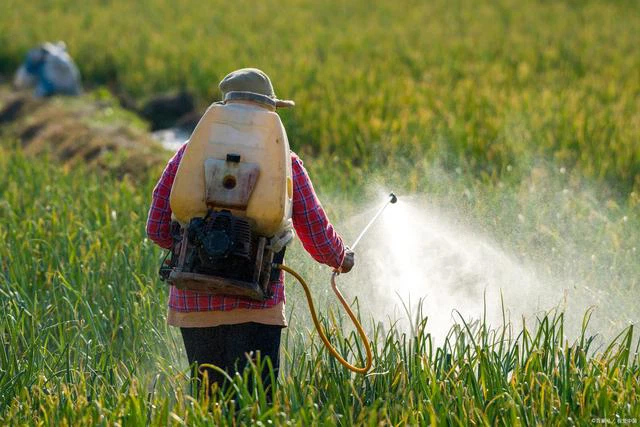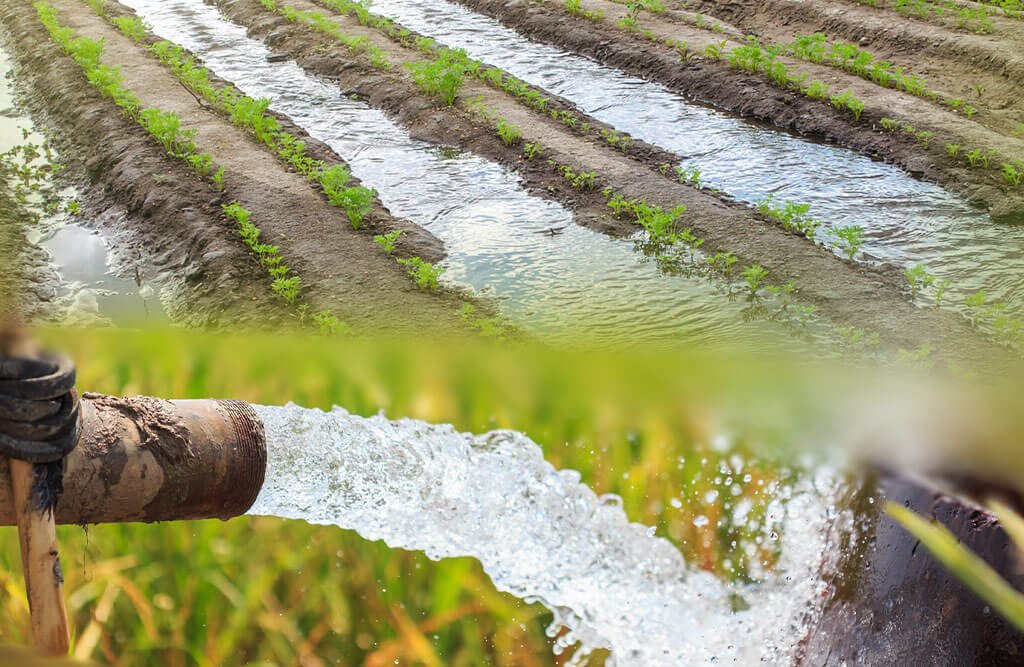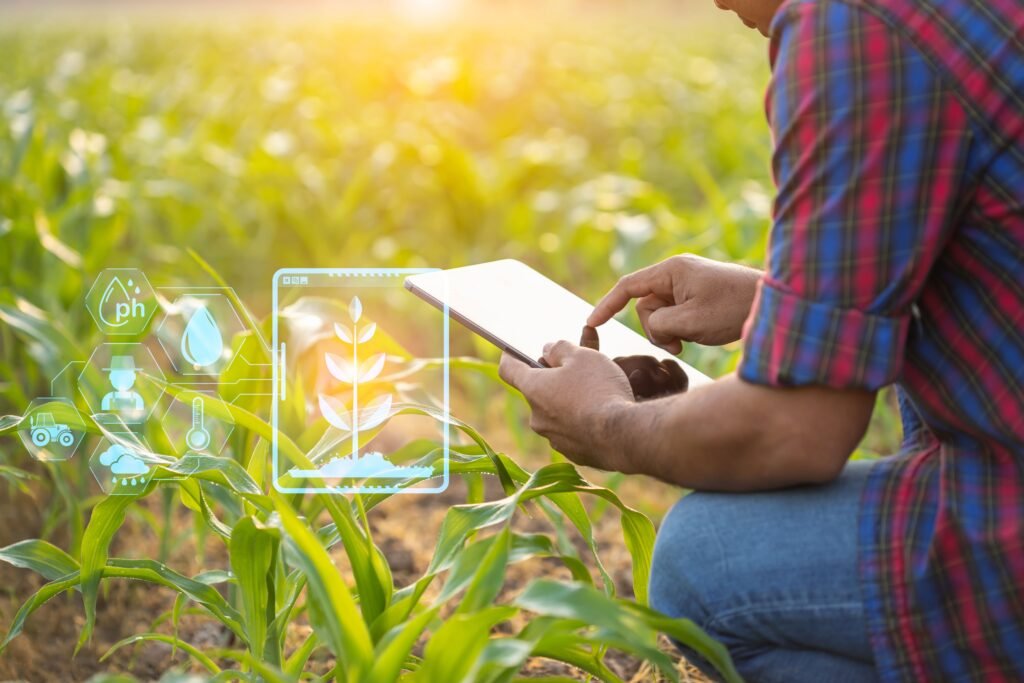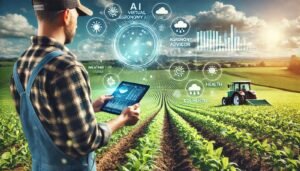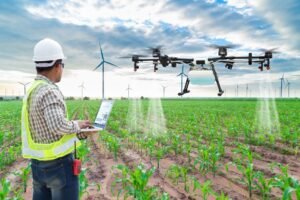Introduction: How Big Data Is Transforming Modern Agriculture
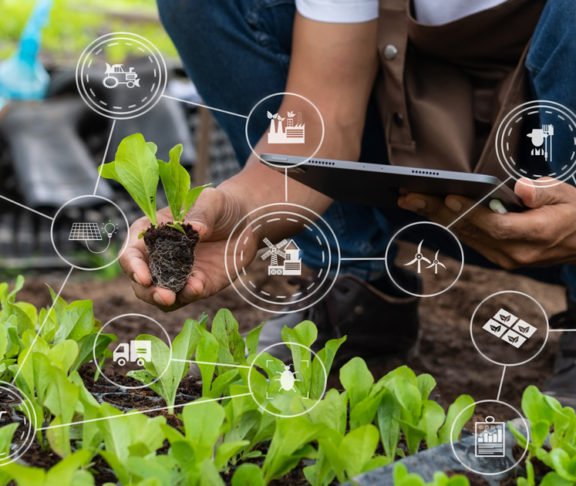
Agriculture is undergoing a digital revolution powered by Big Data technologies. With the global population projected to surpass 9 billion by 2050, the demand for food production continues to rise—pushing farmers to adopt innovative, data-driven solutions.
Big Data in agriculture refers to collecting, analyzing, and applying vast datasets from multiple sources such as sensors, drones, satellites, and weather systems. These insights empower farmers to make smarter decisions, improve resource efficiency, and achieve sustainable growth.
In this article, we’ll explore how Big Data is reshaping modern agriculture—enhancing crop yields, optimizing supply chains, and preparing farmers for the challenges of the future.
1. Precision Agriculture: Farming Smarter, Not Harder
Precision agriculture uses Big Data in Agriculture analytics to give farmers a real-time view of their fields. With data collected from sensors, satellite imagery, and drones, farmers can monitor soil health, crop conditions, and weather fluctuations.
- Yield Prediction: Algorithms analyze past performance and current data to forecast yields accurately, allowing for optimized planting and harvesting schedules.
- Resource Optimization: By knowing the exact needs of each field section, farmers can apply fertilizers and water precisely—reducing waste and boosting productivity.
📊 According to the FAO, precision agriculture can increase yields by up to 30% while cutting resource waste.
2. Crop Health Monitoring with Big Data
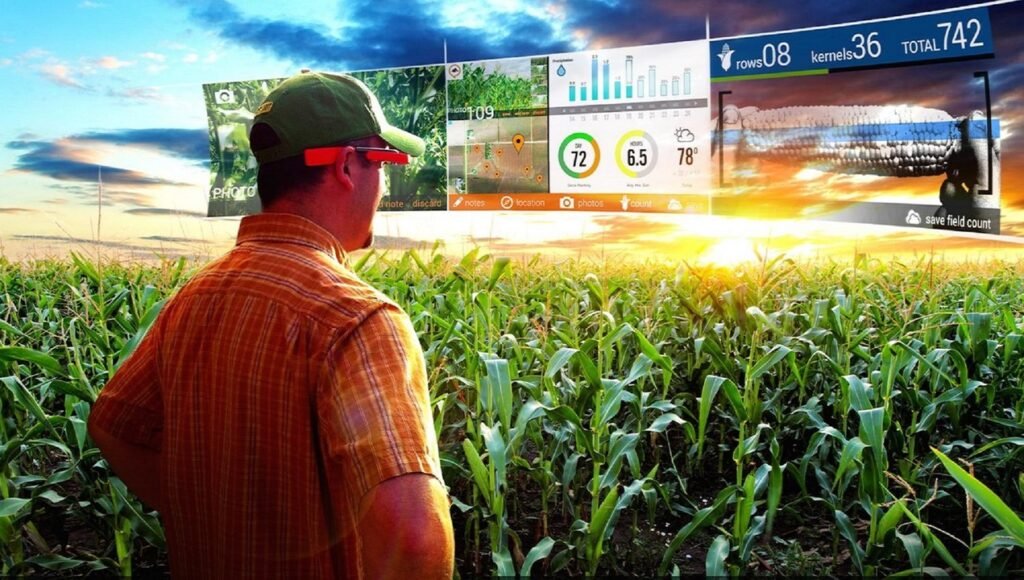
Maintaining crop health is vital to productivity—and Big Data in Agriculture makes it easier than ever.
- Remote Sensing: Drones equipped with multispectral cameras detect early signs of nutrient deficiency or pest infestations.
- Early Detection: AI-powered analysis helps farmers spot issues before they spread, enabling timely interventions and preventing large-scale crop loss.
📈 Studies show early detection using remote sensing can improve yields by up to 15%.
3. Supply Chain Optimization and Traceability
Big Data in Agriculture enhances the agricultural supply chain by improving transparency, traceability, and decision-making from farm to market.
- Blockchain Integration: Farmers and distributors can track every stage of food movement, ensuring quality and minimizing waste.
- Demand Forecasting: Data on market trends and consumer behavior allows producers to align supply with demand.
💡 Walmart’s blockchain system reduced food waste significantly by improving traceability across its global supply chain.
4. Predictive Analytics: Anticipating the Future of Farming
With predictive analytics, farmers can prepare for what’s coming—whether it’s weather challenges or pest outbreaks.
- Weather Forecasting: Combining historical and current weather data enables proactive planning to protect crops from extreme events.
- Pest & Disease Prediction: AI models detect environmental conditions that may trigger infestations or diseases.
📉 A McKinsey report estimates predictive analytics could save the global agriculture industry up to $2.3 trillion annually.
5. Equipment Monitoring and Predictive Maintenance
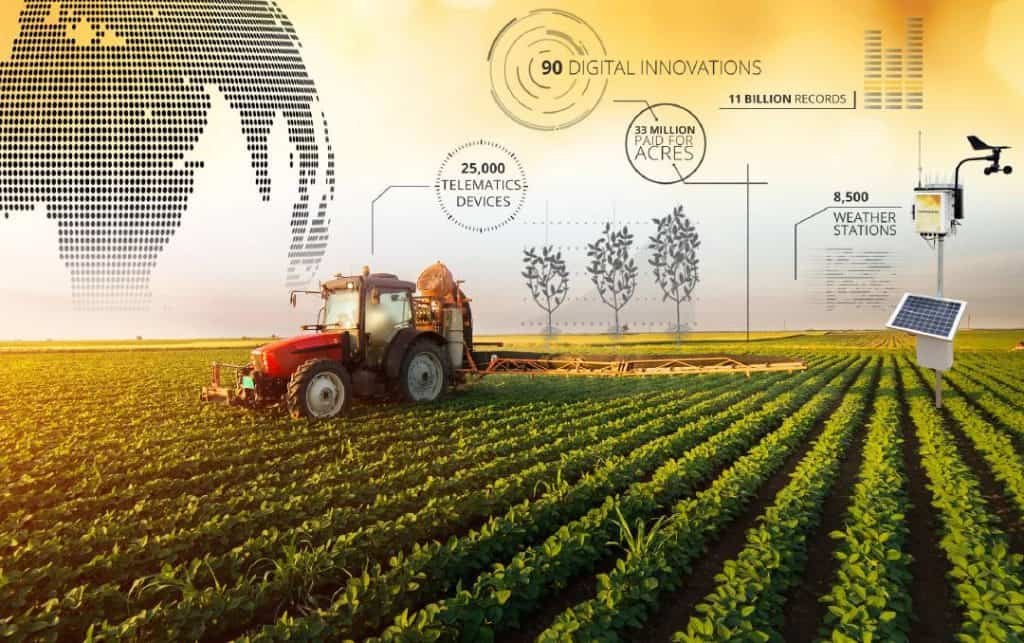
Farm machinery can also benefit from Big Data in Agriculture applications:
- Performance Tracking: Sensors monitor fuel use, performance, and maintenance needs.
- Preventive Maintenance: Predictive systems alert farmers to potential failures before they happen, reducing downtime and costs.
Benefits of Big Data in Agriculture
✅ Higher Efficiency: Optimized use of water, fertilizers, and energy.
✅ Sustainability: Reduced environmental impact through precise farming.
✅ Smarter Decisions: Real-time data replaces guesswork with evidence-based actions.
✅ Better Profitability: Higher yields and lower input costs lead to greater returns.
Challenges in Adopting Big Data
Despite its promise, several challenges slow the adoption of Big Data in Agriculture technologies in agriculture:
- Data Management: Handling massive datasets requires reliable storage and analysis systems.
- Technical Training: Farmers often need guidance to interpret and apply analytical insights.
- Cost Barriers: Small-scale farmers may struggle with the initial investment in sensors, software, and connectivity.
🌾 Conclusion: The Future of Farming Is Data-Driven
Big Data is redefining the future of agriculture, enabling smarter, more efficient, and more sustainable farming. From predicting yields and managing resources to improving supply chains and forecasting risks, the power of data is helping farmers overcome global challenges like climate change and food security.
Explore how Big Data can transform your agricultural operations. Invest in technology that not only boosts productivity—but also ensures sustainability for generations to come.
Frequently Asked Questions (FAQ)
Q1: How does Big Data improve crop yields?
Big Data offers real-time insights into crop health, soil composition, and weather, allowing farmers to optimize inputs and maximize productivity.
Q2: What are key applications of Big Data in agriculture?
Precision farming, crop monitoring, predictive analytics, blockchain traceability, and equipment maintenance are among the most impactful uses.
Q3: What are the main barriers to adoption?
The biggest challenges include high technology costs, data management complexity, and lack of digital skills among farmers.
Resources
- Food and Agriculture Organization (FAO)
- International Society of Precision Agriculture
- McKinsey & Company – The Future of Farming
- American Society of Agronomy
- Blockchain Technology in Agriculture


